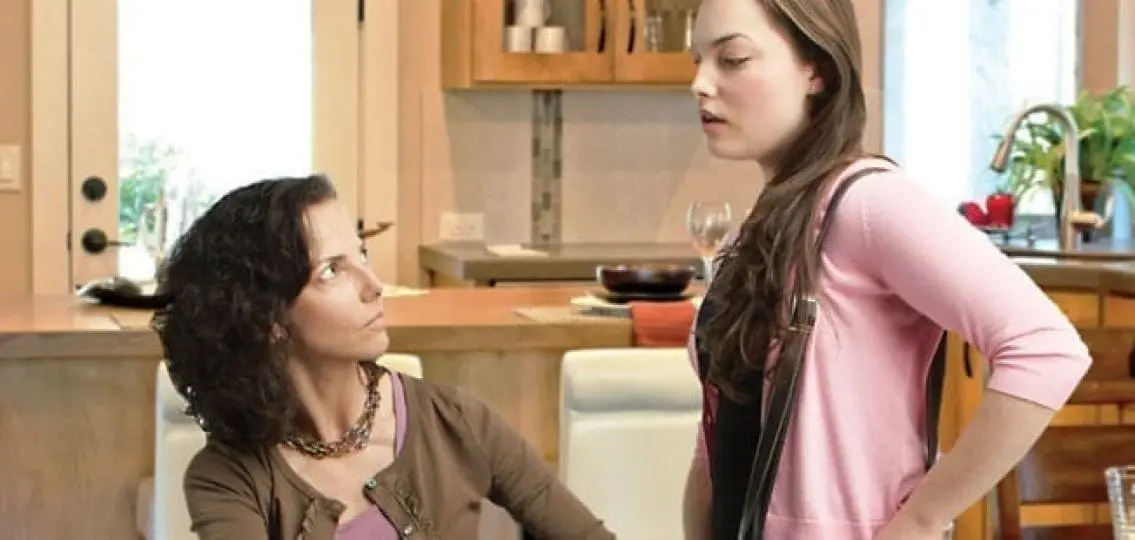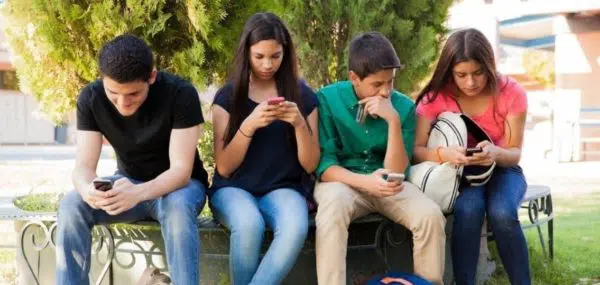No one sets out to raise an entitled kid. But most of us do want to give out kids the best. It’s one of the great ironies of modern parenting.

When we perpetually give our kids “the best”—in clothes, opportunities, vacations—we turn them into exactly the kind of people we don’t want them to be.
What’s a parent to do?
3 Ways to Use Behavioral Science to Raise Grateful Kids
1. It’s all relative.
You’re standing in the store aisle ready to buy a bread maker. There’s just one model available for $275. You hesitate—man, I could do a lot of other things with $275—and decide to come back another day. Two weeks later, you come back and now there’s another bread maker on the shelf, priced at $400. The $275 model suddenly looks like a steal! Happily, you snap it up.
Research shows that we determine the value of things by the prices of other items around them, rather than any actual intrinsic value.
How does this help us as parents? The sense that the first price we encounter is the base price and that everything after should be viewed in comparison to it is called anchoring. And parents can use this concept to anchor our kids’ idea of what constitutes a reasonable price for the things they want.
If our kid wants a pair of $45 brand-name athletic pants, we can first take him to a store where a similar pair of pants, minus the logo, sells for $20. Then, we can use what parenting educator Amy McCready calls the “state what you’ll spend” strategy: “I’m happy to spend $15 on pants for you. If you want the $45 pants, it’s up to you to pay the difference.” This anchors the $20 pants as the base price, and establishes the $45 pair as the marked-up version, while underscoring that the little logo is costing them $25.
When Cheryl McElroy’s eighth-grade daughter Erin wanted a pair of genuine Ugg boots, Cheryl said she’d pay the price of the imitation boots, and Erin would make up the difference. “It was really important to her, so she did it,“ says Cheryl. Erin got the boots she wanted, Cheryl paid what she wanted to pay, and everybody was happy.
2. Recognize and appreciate perks – don’t expect them.
Let’s say your office serves bagels in the staff room every Friday, and you get a $100 bonus at the holidays every year. If this Friday there are no bagels or this year your bonus is ten cents and a candy cane, chances are you’re going to be pretty mad. Not because you’re an entitled jerk, but because you’ve gotten used to those perks.
In the same way, if we stop for Dairy Queen after every baseball game or host every one of our kid’s birthday parties at an expensive entertainment venue, our kids will come to expect it. Not because they’re ungrateful jerks, but because we’ve established those things as the norm. This phenomenon is known as hedonic adaptation.
What can parents do? If a treat has morphed into an expectation, says McCready, parents can reset expectations by empathizing sincerely. “Yeah, I really liked that, too!”—and then pointing out matter-of-factly that it’s a treat. You can also let them know you’re not saying never, you’re just saying not today. And then change the subject.
“You don’t have to get into a big lecture: ‘You’re so spoiled! We’re not doing milkshakes every day,’” says McCready. “It can just be, ‘Hey, I enjoyed that, too, it was a treat, and maybe we can do it another day.’”
3. Encourage empathy by zooming in to help others.
In 1987, a little girl in Texas fell down a 22-foot well. She was freed after a rescue effort that lasted more than two days. That same year, a typhoon roared ashore in Legazpi, Philippines, killing more than 900 people. Most Americans have no memory of the Philippine disaster. Yet two decades later, many of us can still tell you the name of that little girl in Texas: Jessica McClure.
Why do we remember one little girl in distress so vividly, while forgetting the deaths of more than 900 people in a much larger catastrophe? Researchers call it the identifiable victim effect. Our brains naturally empathize more with a single individual, rather than a large group. The effect is magnified with proximity, in this case, Texas versus southeast Asia. And also when there are vivid images, such as Jessica’s entire ordeal being broadcast on TV for days.
For parents, an awareness of this natural tendency can help us find the right ways to engage our kids with those in need.
To get her daughters tuned in to the problem of homelessness, Peggy Farwig and her three daughters assembled care packages filled with water bottles, granola bars, and clean socks. “We kept the bags in the car. When we saw someone standing at an exit ramp holding a sign asking for help, instead of looking away, we handed them a bag,” says Farwig. Reaching out to individuals, she says, “sparks conversations. We talk about how some people living on the street don’t know when they will eat next. And how we can help.”

Similarly, buying a holiday gift for a specific child from the angel tree at church or school can help kids envision the child they’re helping. Delivering Meals on Wheels is also up close and personal; kids can see the results of their efforts in the response of the recipients.
When our kids act ungrateful, it’s easy to lecture or wonder where we went wrong. But a glimpse into the world of behavioral science suggests that there’s more we can do about it than we think.




